Conowingo cleanup: Will EPA's 'no confidence' stance change with funding?
It has been five months since the Environmental Protection Agency outlined why they had "no confidence" in the Conowingo Dam cleanup plan, and Maryland's $25 million commitment hopes to change that.
Matthew Rowe, assistant director in the Water and Science Administration of the Maryland Department of the Environment, noted the lack of funding sources by all the impacted jurisdictions was behind the agency's doubt in the Conowingo Watershed Implementation Plan.
Jurisdictions include the District of Columbia, Delaware, Maryland, New York, Pennsylvania, Virginia and West Virginia.
Aside from the $25 million already set aside prior to the EPA's January letter, Maryland also earmarked $6 million for Conowingo dredging solutions. This is in addition to almost $13 million the state has invested in Conowingo settlement money over the next three years for nutrient reduction, ecosystem restoration and climate resiliency projects to reduce nutrient pollution to the Chesapeake Bay.
Thus far, Maryland, New York and Pennsylvania are the only jurisdictions that highlighted funding that was included in the response to the federal agency.
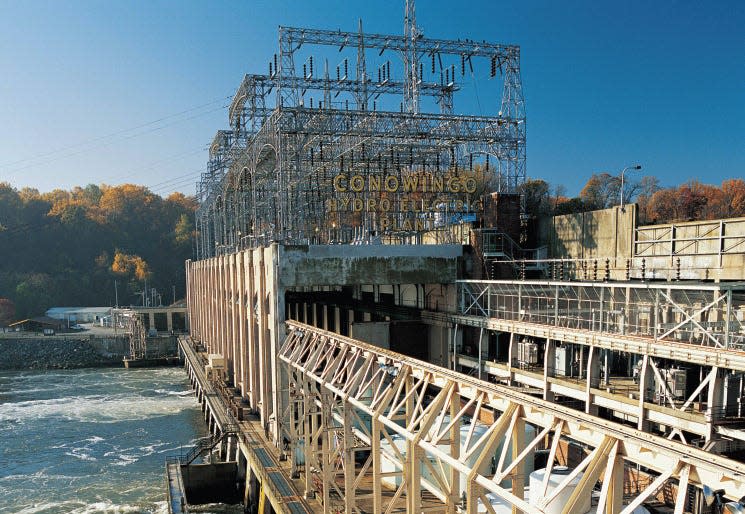
"The EPA was looking for something from the other jurisdictions since this is a collaborative effort," Rowe said. "They gave us 60 days to respond to the 'no confidence' plan. We worked with all the jurisdictions to identify more money, and they are putting in some of their federal monies in to a fairly modest amount of about $350,000 a year."
The Susquehanna River Basin Commission agreed to be the plan's financing authority, and the partnership has finalized the contractual mechanism for jurisdictions to contribute money toward implementation practices. The commission also identified a $5 million annual grant program that will fund projects that could include aspects of nutrient and sediment load reductions,
CONOWINGO VS. CHESAPEAKE BAYDammed if you dredge, dammed if you don't: Conowingo's toxic muck a vexing problem for bay
BAY HEALTH:PA's polluted Susquehanna River is poisoning the Chesapeake Bay. What can be done
"The ball's in EPA's court to say if that's restored confidence, and they were very interested and recognized the historic nature of our state's $25 million commitment. They saw that as an opportunity to leverage those monies to accelerate Conowingo work," Rowe said.
States also asked for a renewed federal commitment aside from agency's participation in the steering committee and getting contractor assistance.
Exelon and nutrients
According to the Maryland Department of the Environment, Exelon Corp., the former owner and operator of the dam, had to reduce the amount of nitrogen and phosphorus pollution that flows past the dam annually by millions of pounds. Alternatively, the company could pay the state more than $170 million per year. That amounts to more than $7 billion over the term of its license and “exceeds, by orders of magnitude, the economic value of the Conowingo Project as an operating asset,” according to court documents.
Exelon, the parent company of the Eastern Shore's Delmarva Power, sued the environmental department on May 25, 2018 over conditions imposed in a water quality certification that is part of the dam’s federal relicensing process.
Conowingo license:The license for the controversial dam was renewed for 50 years
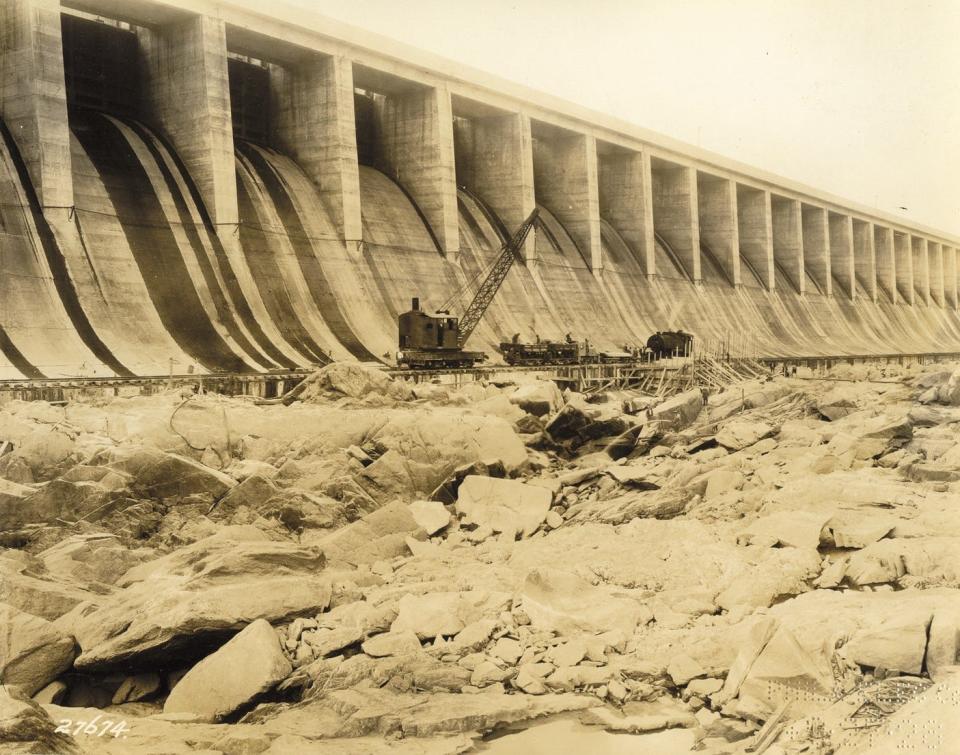
According to the lawsuit, the heightened regulations create an “unfair and onerous burden” on the company. Despite that, the company has paid installments toward its settlement agreement for restoration efforts.
In February 2022, Exelon Corp. announced it had completed the separation of Constellation Energy Corp., Exelon’s former power generation and energy business.
In doing so, Constellation became the new owner and operator of the Conowingo Dam.
"In keeping with our strong track record of environmental stewardship, Constellation will contribute more than $200 million from the Conowingo Dam’s operation over the next 50 years to address key issues facing the bay, including upstream debris, fish and eel passage, nutrient reduction, mussel restoration and resiliency initiatives," the company said in a statement.
Specifically, the $200 million are contributions to restore and sustain the Chesapeake Bay. The company noted the dam also has continued commitments valued at $41 million to address debris accumulation, including an engineering study examining additional methods to divert debris before it reaches the dam, and employment of clamming, skimming, or other equally effective means of debris removal.
The 90-year-old Conowingo Dam is located about 10 miles from where the mouth of the Susquehanna River opens to the Chesapeake Bay.
The Susquehanna funnels pollution that originates on farms, in urban areas, in mines and at wastewater treatment plants southward to the bay. Some of that pollution and sediment ends up trapped behind the Conowingo Dam, steadily filling up the reservoir — until, when waters rise during a storm and the floodgates open, the sheer force of the fast-moving water dislodges some of the reservoir’s contents in a concentrated plume.
In March 2021, the Federal Energy Regulatory Commission granted Constellation a new 50-year license to continue producing hydropower.
“This license renewal is a big win for Maryland’s environment and economy, paving the way for up to $700 million in improvements that will benefit Chesapeake Bay water quality and aquatic life,” said Bryan Hanson, executive vice president and chief generation officer, in a 2021 statement following the renewal.
Bay parkChesapeake Bay recreation area to balance tourism, what's right for environment, lawmakers say
Beth McGee, director of Science and Agricultural Policy at the Chesapeake Bay Foundation expressed the organization's frustration with the relicensing process, recalling the hiring of a consulting firm that examined the amount the energy company could pay in fines and other related fees.
"They could afford a great deal knowing they're making a profit on operating the dam. They didn't maintain it in terms of dredging any kind of sediment over the years. They've been reaping the benefits without paying for the environmental cost," McGee said.
Chesapeake Bay:Additional monies are going to bay conservation
According to McGee, Pennsylvania, Maryland and New York have spearheaded the efforts to not only fund and staff much of the clean-up efforts. The remaining jurisdictions remain "on the sidelines" she argued.
"It's a good start with the money Maryland has put up and it's about spending the dollars in ways that are most cost-effective. That $25 million won't be enough but it will get us down that path," McGee said.
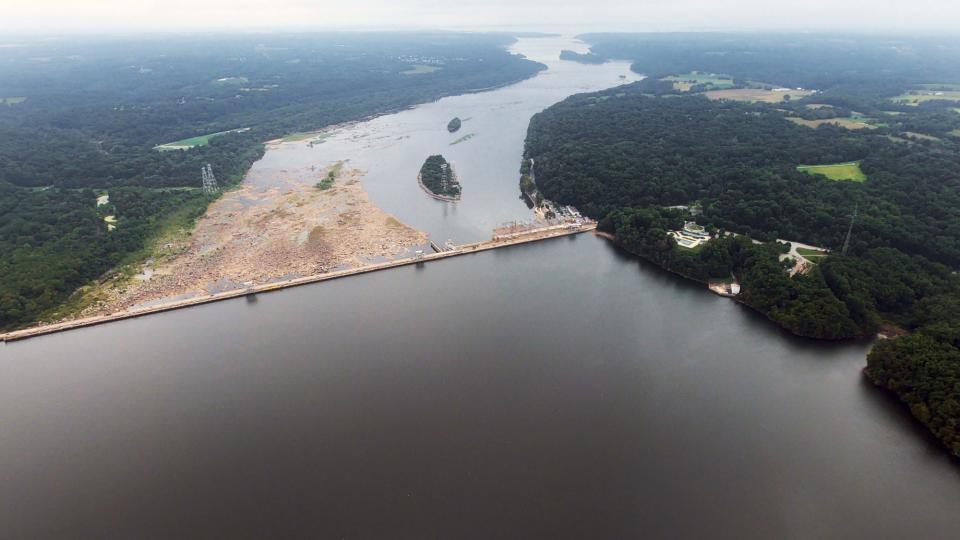
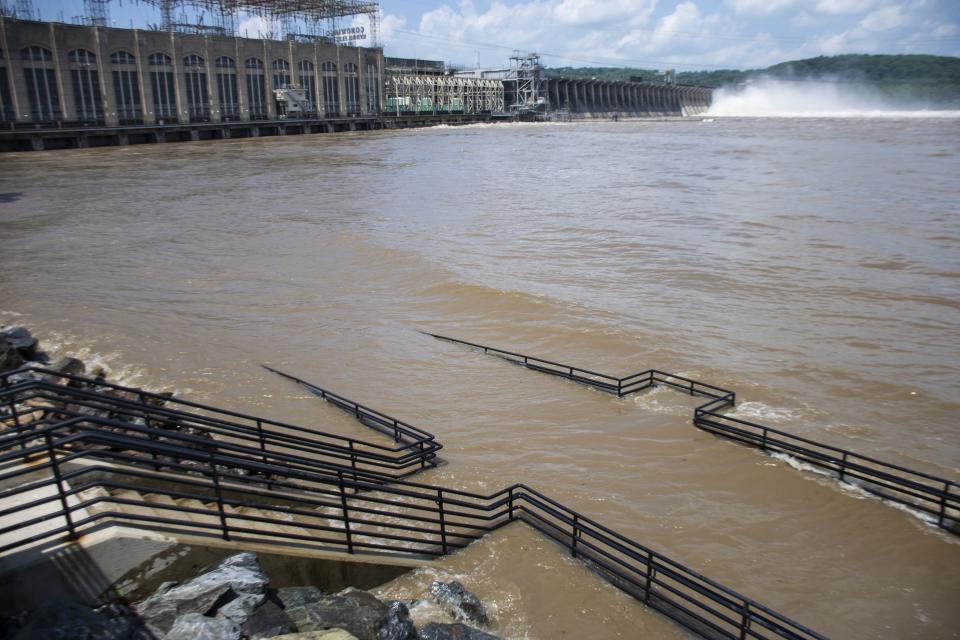
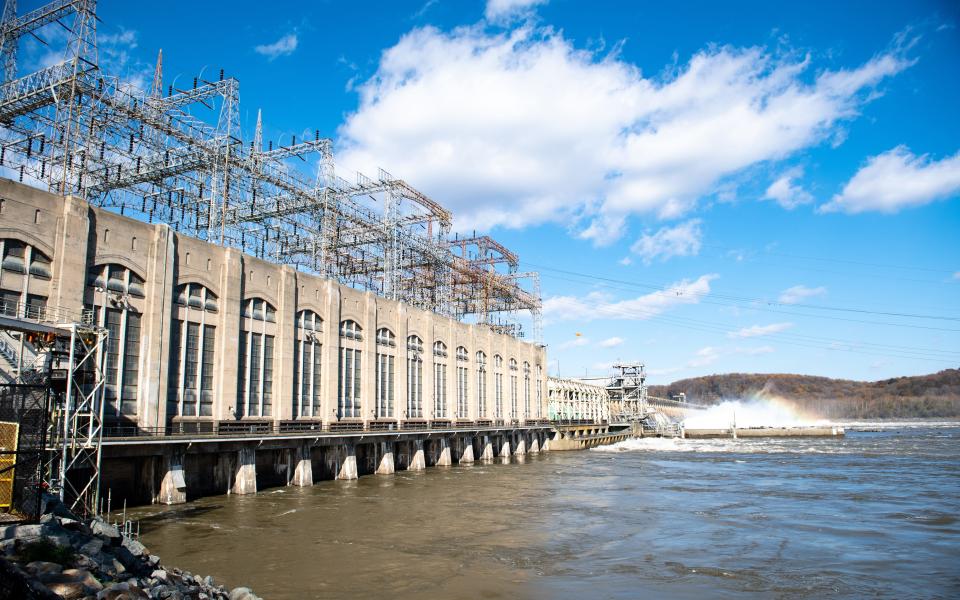
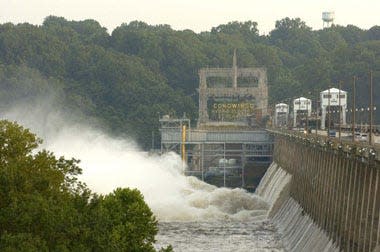
This article originally appeared on Salisbury Daily Times: Conowingo Dam cleanup: Latest on funding, time frame, EPA

